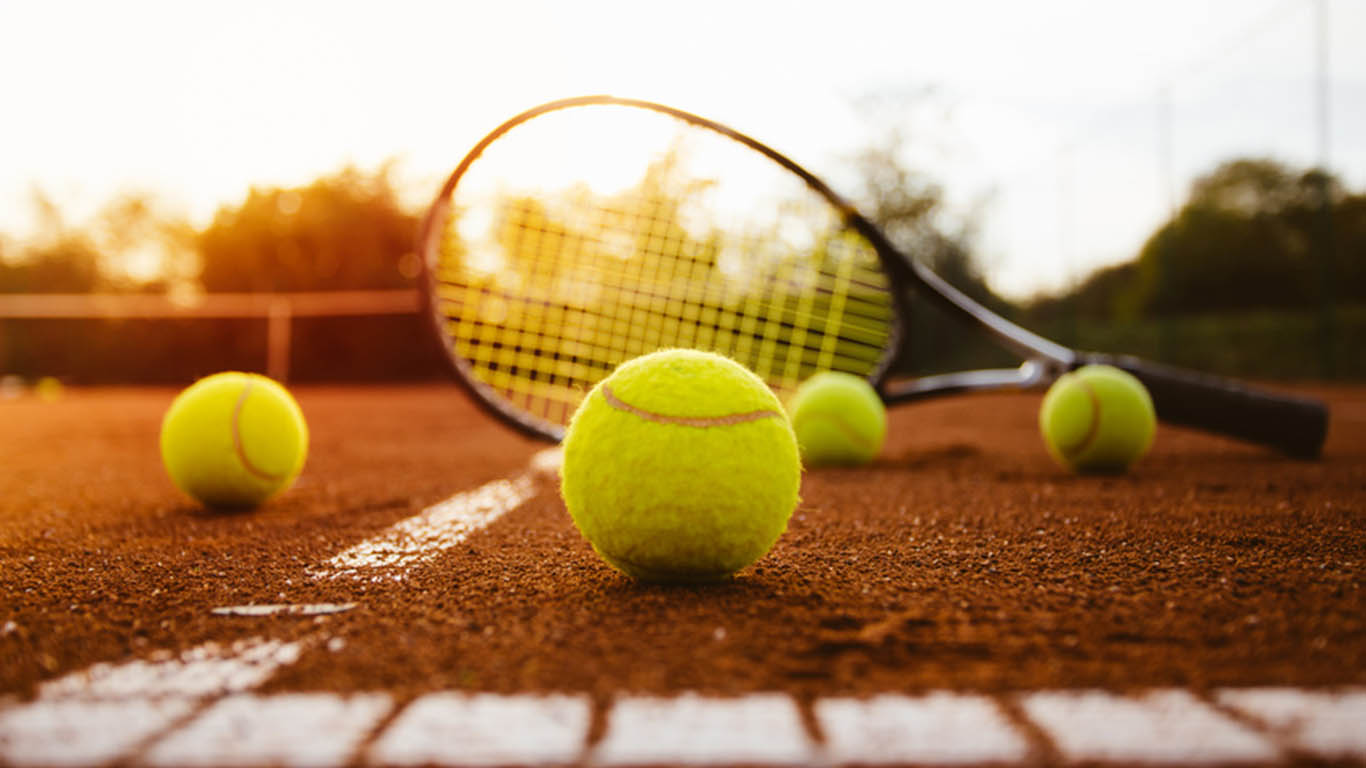STARTER TENNIS BALLS
Transition Tennis Balls are specifically designed to help youth players who are just beginning and learning the sport. Transition Tennis balls or Starter Tennis Balls play slower than regular tennis balls to give these developing youths the opportunity to master their craft by allowing them to work on their technique and timing before the pace of the game increases. Transition Tennis balls are color coded based on the age of the player, along with the color of the ball the major differences between each one will be the pressure of the ball which translates to how much bounce and speed it will have.
RED
Red Stage ball consists of the larger Foam QST 36 and the QST 36 Low compression Felt Tennis balls. These options are the first step for any new youth tennis players. Designed for ages 8 and under, red transition balls are depressurized by about 75% less than a normal tennis ball leading to a lower bounce and pace.
ORANGE
The Orange Stage consists of the QST 60 Low compression tennis balls, with its level of reduced bounce and speed it makes it great for kids aged 9-10. These are low compression balls that bounce about half as high as a normal tennis ball.
GREEN
Green Dot Tennis balls have a 25% reduced bounce than that of a regular tennis ball which makes it ideal for kids aged 11 and up, at this age you can begin to transition them into Yellow tour Tennis balls depending on their level of play.
EXTRA DUTY VS REGULAR DUTY VS HIGH ALTITUDE
One of the most frequent questions that arise when it comes to buying tennis balls is: what’s the difference between Extra Duty, Regular Duty and High Altitude?. Despite they look very similar, they were created with different purposes:
Extra Duty
The Extra Duty ball type is created for hard courts, these tennis balls have a thicker felt woven a bit looser around the rubber core to withstand shearing. That means that the felt on these balls are less likely to fluff up as they are played. While Extra Duty balls tend to be more durable, they don’t play as fast as Regular Duty balls.
Regular Duty
Regular Duty tennis balls were created for softer surfaces, such as clay or indoor courts. Increased moisture and dirt can cause these balls to fluff up more than Extra Duty balls, even though they use a thinner felt woven more tightly around the core to resist this fluffing. These balls play faster, but are less durable than Extra Duty.
High Altitude
As the name suggests, High Altitude tennis balls are developed for courts above 3,500 feet. A depressurized core helps regulate lively tennis ball performance, keeping them a bit more under control at these higher altitudes where standard tennis balls tend to “fly.”
FINDING YOUR BALL
Now that you know a little bit about each type of tennis ball, it is important to emphasize that they all can be used in any court, it just depends on what you are looking for. For example: Players who prefer a faster ball could consider using a Regular Duty ball on a hard surface, with the trade-off being slightly reduced wear. Players preferring slower, more durable balls could try using an Extra Duty ball on a soft court surface, with the trade-off being increased fluff. In that sense, there’s not a rule for each type of ball, you just have to experience different balls, different games and different courts to realize which one suits better with your game.

The post Tennis Balls and How to Choose Them appeared first on Tennis Plaza Blog.


